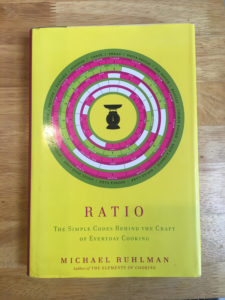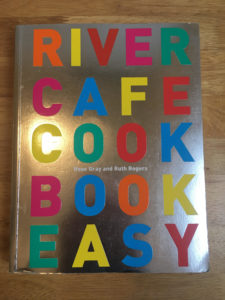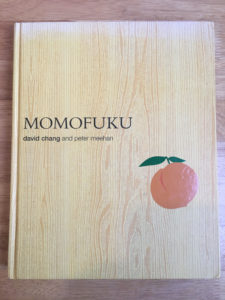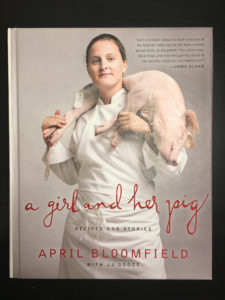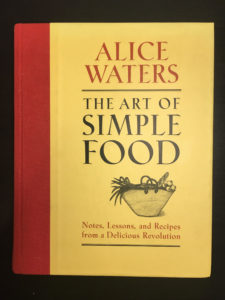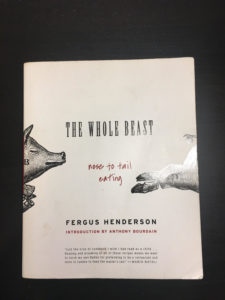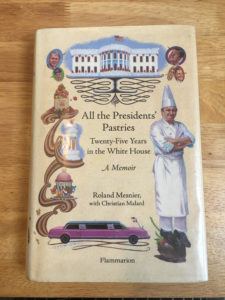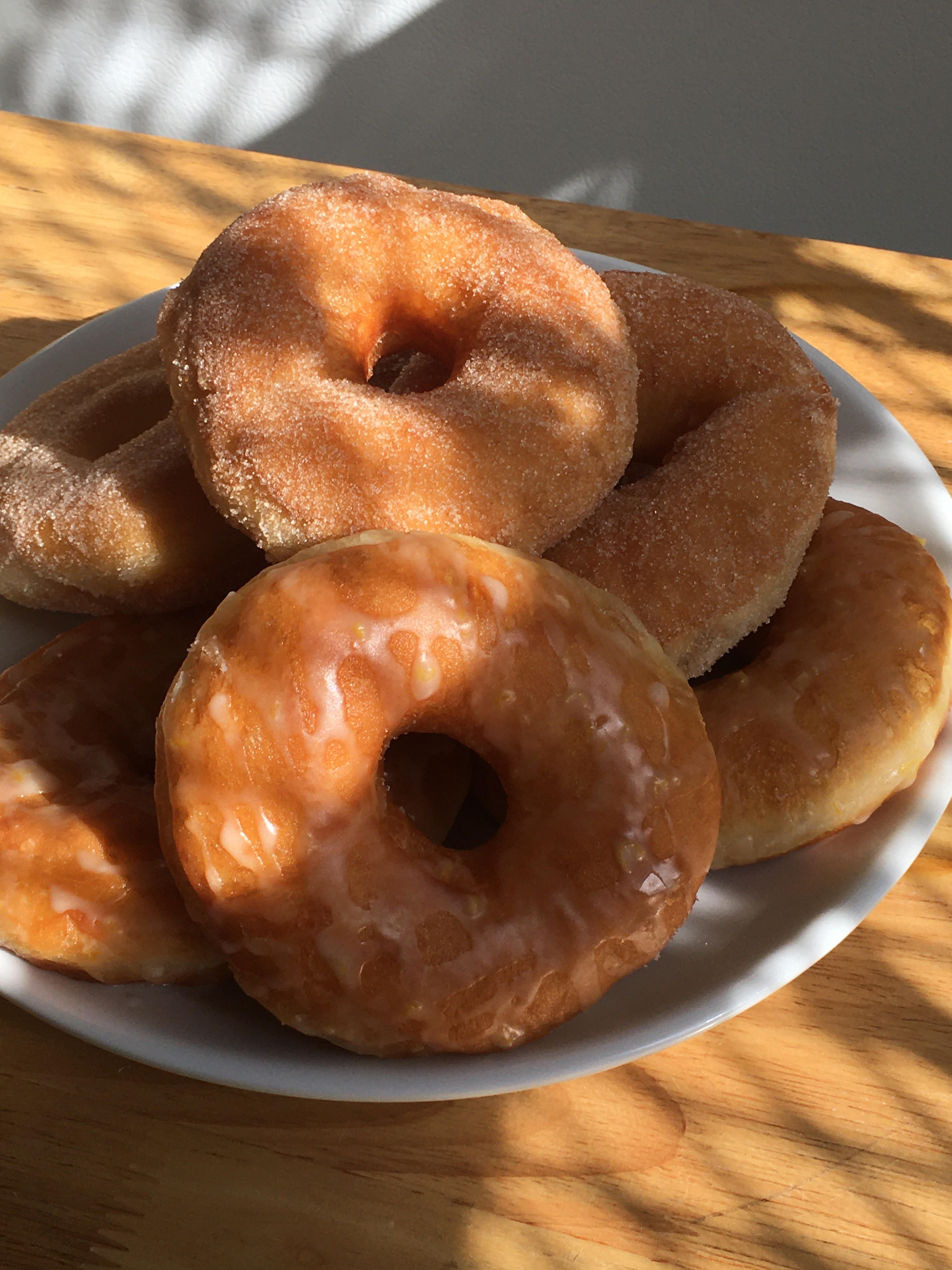
(Doughnuts…or Donuts, by Reggie Soang)
I have been craving a donut. A donut means a lot to me; donut is comforting, donut reminds me of childhood, donut is great for gathering, donut sounds sexy (say it…dou-nut), donut is great for a first date, a second date, and a third date, and donut cures hangover.
For the latest COVID 19 Home Cooking Series, I present you:
Doughnut…or Donut
Serves: 2 Adults & Many Kids
Ingredients:
470g AP Flour
85g Sugar, divided to 60g and 25g
55g Butter
60g Water
265g Milk
11g Active Dry Yeast
3.5g Salt
1 Egg
For Lemon Glaze:
1 and 1/2 cup Confectioners Sugar
1 lemon zest
30g lemon juice (from 1 lemon)
For Cinnamon Sugar:
1 cup Sugar
1 teaspoon Cinnamon Powder
- Add AP Flour, 60g sugar, and salt together in a mixing bowl
- Bring both water and milk to between 100F and 105F, could be slightly lower, but not higher. Yeast does its best job in between those two temperatures
- Mix together water, reserved 25g sugar, and yeast, let them bloom for 10 minutes
- Melt butter in milk, and bring milk’s temperature back to between 100F and 105F (adding cold butter to milk can drop the temperature of milk)
- After yeast has been bloomed, add to milk and butter mixture
- Turn your stand mixer on low with dough hook attachment, add wet ingredients to dry ingredients and mix to combine. The mixing will take about 14 to 15 minutes. The dough is ready when it comes off the sides of the mixing bowl. Put the dough in another greased mixing bowl and let rest for 1 hour and 30 minutes.
- Once the dough is rested, gently slide it out onto a floured surface and roll it to half-inch thick rectangle. Use a donut cutter or two different size of ring cutters to punch out donut. Set each individual donut on small pieces of greased parchment paper and let rest for 20 minutes
- With the leftover dough, gently fold it back into a ball and let rest for another 20 minutes before punching out another batch of donut. Repeat…
- Heat up a pot of oil to 325F, and drop donuts in gently and fry for 15 seconds before removing the parchment paper. Try and keep the oil temperature at around 325F (between 315F to 330F is fine…anything lower, donut will be grease, and anything higher, donut will be too dark on the outside)
- Once the first side is golden brown, after about 1 minute 20 seconds (ish), flip to the other side, and fry for another 1 minute and 20 seconds (ish)…the whole process should take about 3 minutes. Drain them on cooling racks. Avoid using paper towels because the donut will steam and get grease.
- Once doughnuts are cooled, glaze them with lemon glaze or dust them with cinnamon sugar. Bon Appétit!
 (Poached Pear, Lemon Poppy Seed Cake, and Dark Chocolate, by Reggie Soang)
(Poached Pear, Lemon Poppy Seed Cake, and Dark Chocolate, by Reggie Soang)